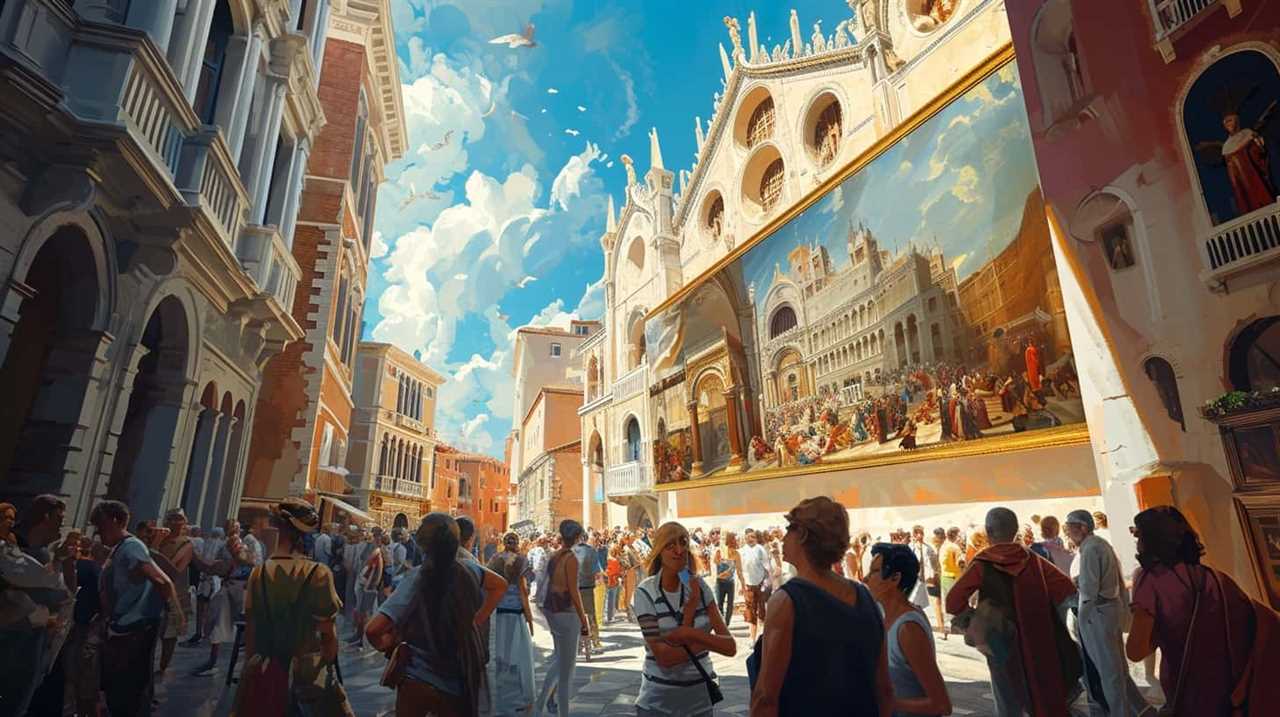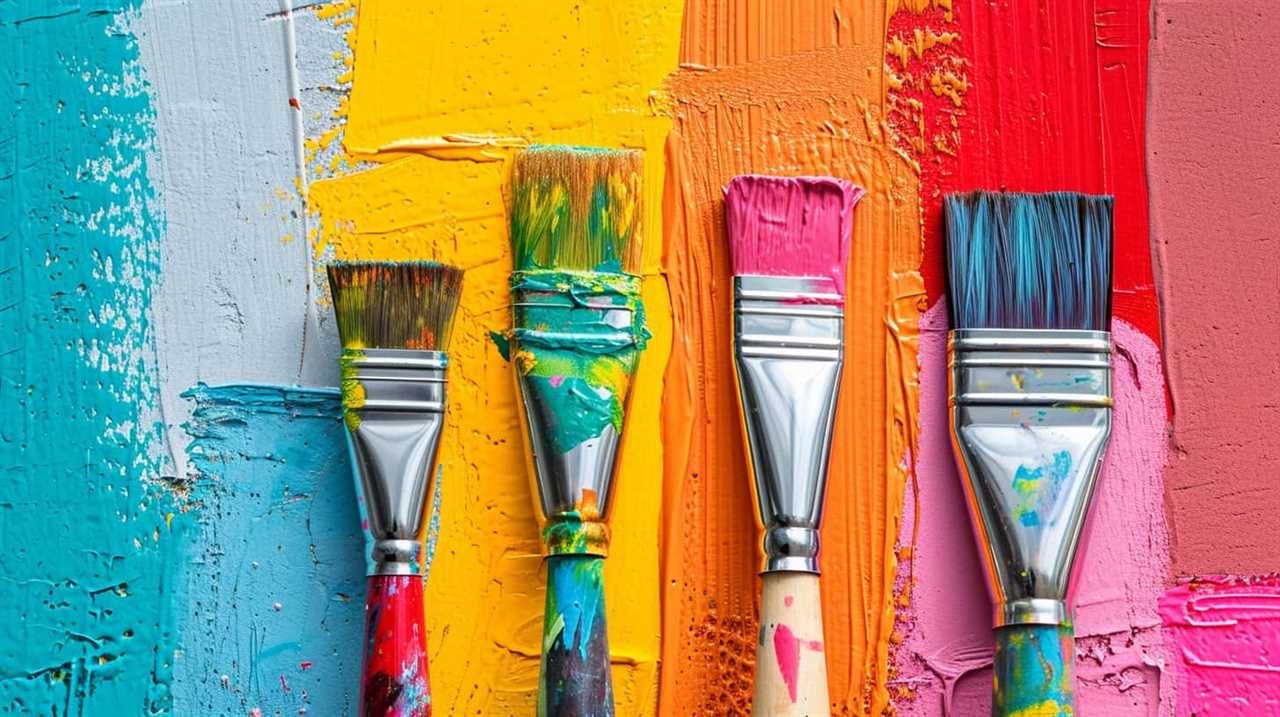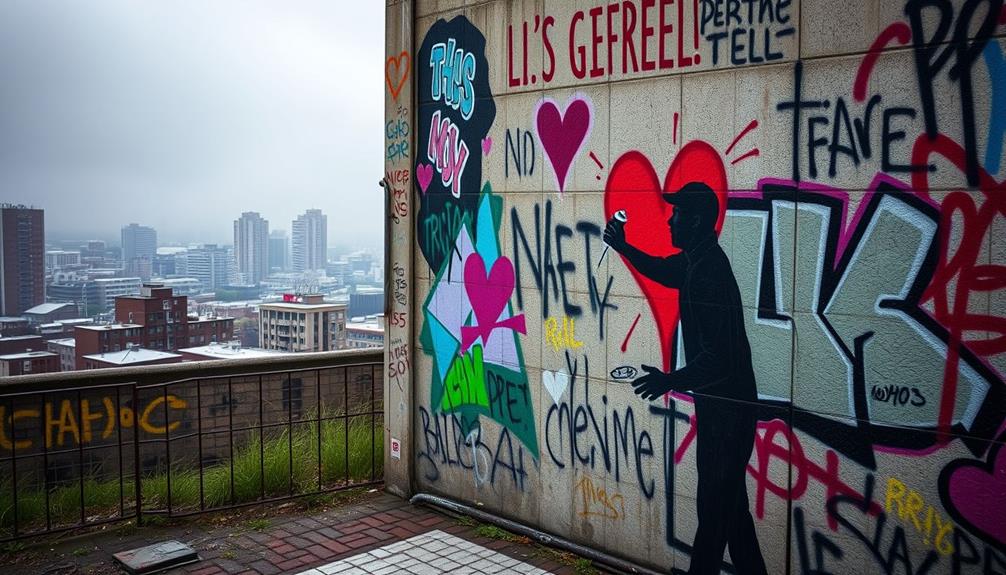During our exploration of artistic beauty, we explore 14 philosophical perspectives that shed light on the essence of this mysterious phenomenon.
From Plato’s Ideal Forms to Nietzsche’s Dionysian Art, each perspective offers a unique lens through which to understand and appreciate the aesthetic wonders that grace our world.
Guided by the wisdom of Aristotle’s Mimesis Theory and Kant’s Aesthetic Judgment, we explore the complexities of artistic creation and interpretation.
Hegel’s Concept of Art and Foucault’s Power and Knowledge shed light on the societal and political dimensions of art, while Adorno’s Critical Theory of Art challenges conventional notions of beauty.

With Merleau-Ponty’s Embodied Perception and Irigaray’s Feminist Aesthetics, we uncover the intricate interplay between the artist, the artwork, and the beholder.
Join us as we embark on this intellectual odyssey, seeking mastery and enlightenment in the realm of artistic beauty.
Key Takeaways
- The concept of artistic beauty is explored from various philosophical perspectives, such as Plato’s Ideal Forms, Aristotle’s Mimesis Theory, Kant’s Aesthetic Judgment, and Nietzsche’s Dionysian Art.
- Artistic beauty is not limited to the subjective preferences of individuals, but also encompasses societal and political dimensions, as seen in Hegel’s Concept of Art, Foucault’s Power and Knowledge, and Adorno’s Critical Theory of Art.
- Interpretation plays a crucial role in understanding and deriving meaning from artworks, as different individuals can have different interpretations of the same artwork. The institutional frameworks and the concept of artistic authenticity also impact the interpretation of art.
- Perception and embodiment are significant in the experience of art. Merleau-Ponty’s concept of embodied perception and Irigaray’s feminist aesthetics highlight the importance of considering the physical and emotional aspects of experiencing art.
Plato’s Ideal Forms
In our exploration of artistic beauty, we frequently encounter Plato’s concept of Ideal Forms. Plato’s ideal forms are a fundamental aspect of his metaphysics of art, providing a framework for understanding the nature of beauty and artistic representation. According to Plato, the physical world is merely a reflection or imitation of these ideal forms, which exist in a separate realm of pure perfection. This theory challenges the traditional understanding of art as mere imitation or mimesis, highlighting the limitations of mimesis theory in capturing the true essence of beauty.
Plato’s ideal forms play a crucial role in his philosophy of aesthetics. They serve as the ultimate standard of beauty, representing the idealized and timeless qualities that art should strive to embody. By aspiring to capture the essence of these ideal forms, artists can create works that transcend the limitations of physical reality and approach the realm of the divine. This elevates art to a higher purpose, as a means to access and convey universal truths.

Transitioning into Aristotle’s mimesis theory, we find a different perspective on art and its relationship to reality. While Plato emphasized the separation between the physical world and the realm of ideal forms, Aristotle argued that art imitates nature, not the ideal forms. This shift in focus from the metaphysical to the empirical lays the foundation for a new understanding of artistic representation and its role in human experience.
Aristotle’s Mimesis Theory
Continuing from Plato’s Ideal Forms, Aristotle’s mimesis theory offers a contrasting perspective on art and its relationship to reality. Aristotle believed that art imitates nature and that the purpose of art is to imitate and represent the world around us. This theory has had a significant impact on contemporary aesthetics and continues to be relevant in modern art.
Here are five key points to consider when exploring Aristotle’s mimesis theory and its impact on contemporary aesthetics:
- Art as imitation: According to Aristotle, art is a form of imitation that allows us to understand and experience the world in a different way. Artists strive to portray the essence of reality through their work.
- Representation of reality: Aristotle argued that art should represent reality as accurately as possible. Artists should observe and imitate nature in order to create works that capture the true essence of the world.
- Emotional catharsis: Aristotle believed that art has the power to evoke emotions in the audience. Through experiencing these emotions, individuals can achieve catharsis and gain a deeper understanding of themselves and the world.
- Aesthetic pleasure: Aristotle believed that art can provide aesthetic pleasure to the audience. The beauty and harmony found in art can bring joy and enrich our lives.
- Artistic skill and technique: Aristotle emphasized the importance of skill and technique in art. Artists should strive to master their craft in order to effectively imitate and represent reality.
Kant’s Aesthetic Judgment
From our exploration of Aristotle’s mimesis theory and its impact on contemporary aesthetics, we now turn our attention to Kant’s aesthetic judgment. In Kant’s philosophy, aesthetic judgment plays a crucial role in our understanding of beauty and our ability to appreciate art.
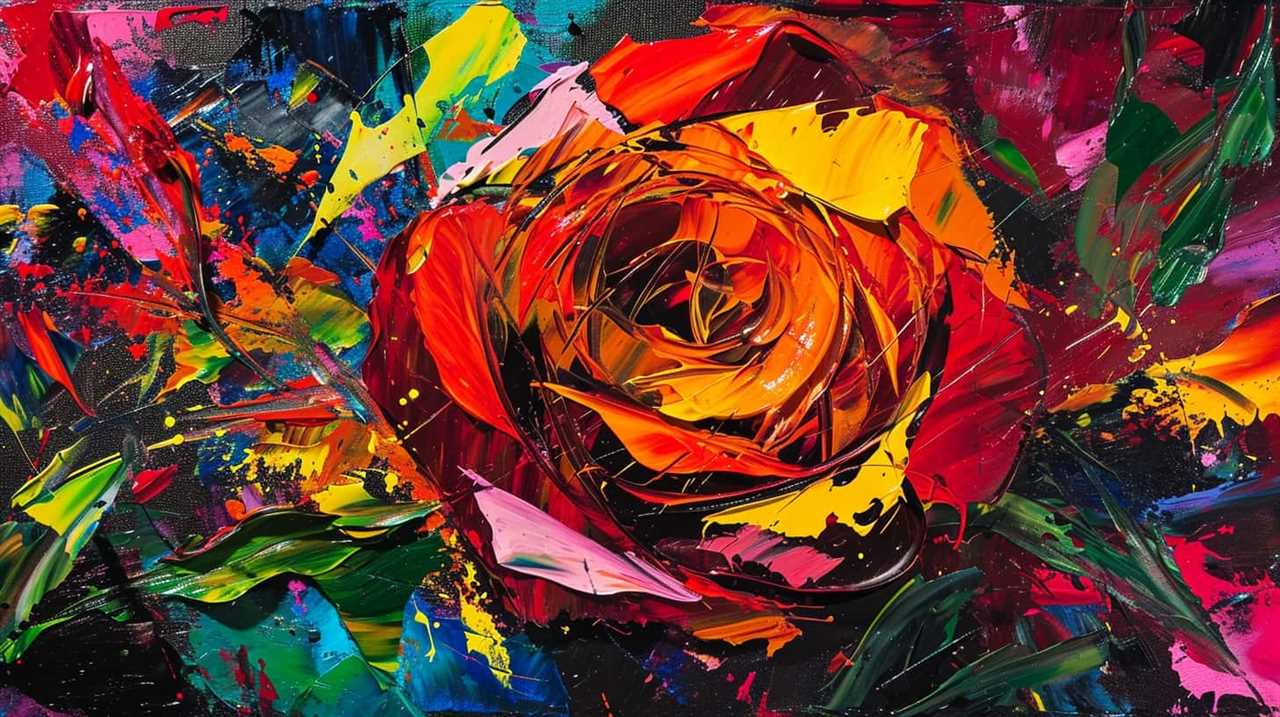
One key aspect of Kant’s aesthetic judgment is the role of subjectivity. Unlike Aristotle, who believed that beauty was objective and could be universally defined, Kant argues that beauty is inherently subjective. According to Kant, the judgment of beauty is based on our individual subjective experiences and feelings. This means that what one person finds beautiful may not necessarily be beautiful to someone else.
However, despite this subjectivity, Kant also proposes that there’s a sense of universality in aesthetic judgments. He suggests that there are certain fundamental qualities that elicit a sense of beauty in most individuals. These qualities, such as harmony, proportion, and unity, are considered to be universally pleasing.
Thus, Kant’s concept of beauty combines both subjectivity and universality, acknowledging the individual’s subjective experience while also recognizing certain shared aesthetic principles.
Transitioning to the subsequent section about Hegel’s concept of art, let’s now delve into another philosophical perspective on artistic beauty.

Hegel’s Concept of Art
Hegel’s concept of art encompasses the idea of artistic evolution, where art progresses from more abstract and symbolic forms to more concrete and representational ones. This progression reflects the development of human consciousness and self-realization.
Hegel argues that through art, individuals can express and explore their own subjective experiences, ultimately leading to a deeper understanding of their own identity and the world around them.
Hegel’s Artistic Evolution
In exploring the artistic evolution of Hegel’s concept of art, we gain insights into the transformative power of creativity. Hegel’s artistic development can be seen as a progression from the classical ideal to the romantic emphasis on individual expression. His influence on modern art is evident in various ways, such as the emphasis on subjectivity and the exploration of the artist’s inner world.
Hegel’s concept of art as a vehicle for self-realization is particularly relevant in today’s society, where individuals strive to express their unique perspectives and experiences through artistic mediums. By understanding Hegel’s artistic evolution, we can appreciate the richness and diversity of contemporary art and recognize its potential to shape our understanding of ourselves and the world around us.

Transitioning into the subsequent section about ‘art as self-realization’, we can delve deeper into the profound connection between art and personal growth.
Art as Self-Realization
How does art contribute to our self-realization as individuals?
Art has the power to act as a catalyst for self-discovery, allowing us to delve deep into the depths of our consciousness and uncover hidden aspects of ourselves. Through the transformative power of creativity, art provides us with a medium to express our innermost thoughts, emotions, and experiences.
It allows us to explore our own identity, values, and beliefs, helping us to better understand who we’re as individuals. Artistic creation becomes a process of self-realization, enabling us to discover and embrace different facets of our being.
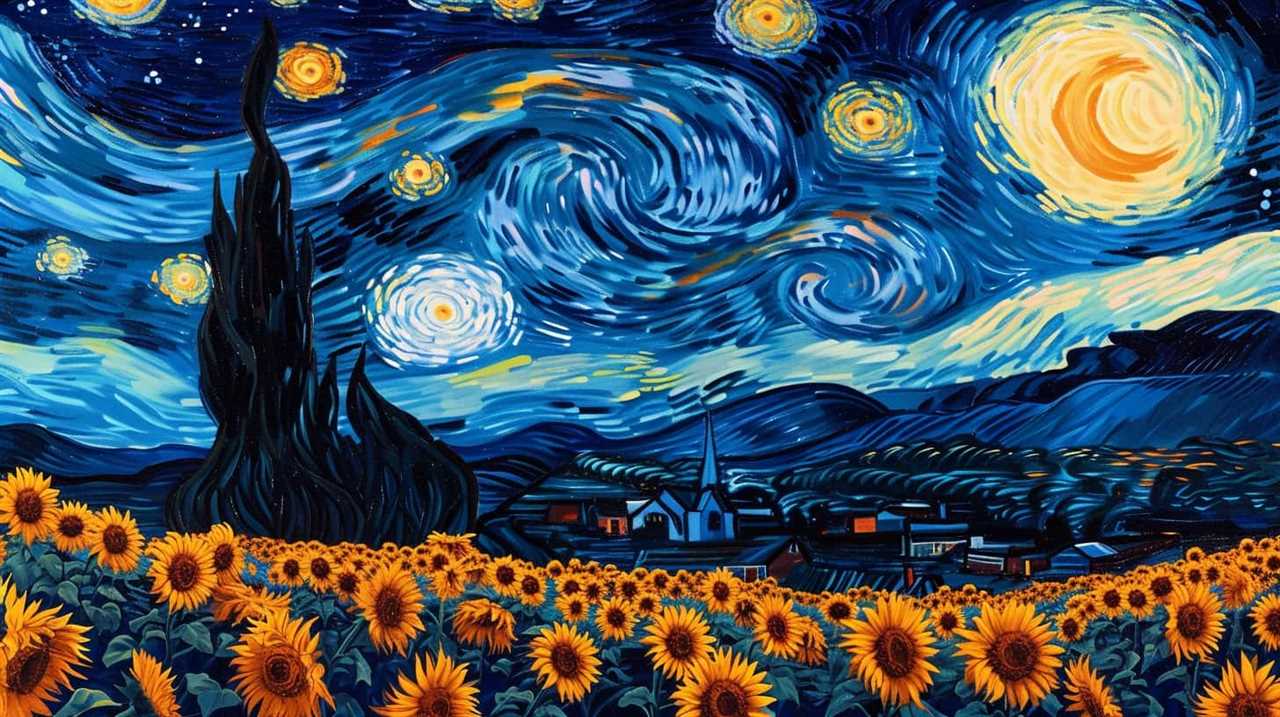
It’s through this self-discovery that we can truly grow and evolve as individuals, expanding our perspectives and enriching our lives.
As we transition into the subsequent section about Nietzsche’s Dionysian art, we can further explore the ways in which art can push the boundaries of self-realization.
Nietzsche’s Dionysian Art
Our exploration of artistic beauty now leads us to Nietzsche’s concept of Dionysian art. Nietzsche, a philosopher known for his provocative ideas, believed that art has the power to transcend the limitations of the rational mind and tap into our primal instincts. Dionysian art, named after the Greek god of wine and ecstasy, represents this wild and uninhibited form of artistic expression.
Here are five key aspects of Nietzsche’s Dionysian art:

- Embracing chaos: Dionysian art rejects the orderly and rational nature of Apollonian art, instead embracing chaos, irrationality, and the primal forces of nature.
- Transcending the self: Through the experience of Dionysian art, individuals can transcend their individuality and connect with a collective consciousness, experiencing a sense of unity and oneness.
- Celebrating life’s contradictions: Nietzsche believed that Dionysian art celebrates the contradictions and tensions inherent in human existence, embracing both the light and dark aspects of life.
- Tapping into primal instincts: Dionysian art taps into our primal instincts and emotions, evoking intense feelings of ecstasy, release, and liberation from the constraints of societal norms.
- Catharsis and transformation: Through the intense emotional experience of Dionysian art, individuals can undergo a process of catharsis and transformation, purging themselves of repressed emotions and finding a renewed sense of vitality.
Nietzsche’s Dionysian art challenges conventional notions of beauty and invites us to embrace the wild, irrational, and untamed aspects of human nature. It offers a unique perspective on the power of art to transcend the boundaries of reason and tap into the depths of the human soul.
Schopenhauer’s Transcendent Beauty
Schopenhauer’s concept of transcendent beauty reveals the sublime nature of art, captivating us with its profound and ineffable essence. According to Schopenhauer’s philosophy, beauty is not merely a sensory experience, but a means of transcending the limitations of the individual self and connecting with the universal essence of existence. In his work, "The World as Will and Representation," Schopenhauer argues that art has the power to transport us beyond the mundane and into a realm of transcendent beauty.
To better understand Schopenhauer’s perspective on transcendent beauty, let us examine the following table:
| Transcendence and Beauty | Schopenhauer’s Philosophy |
|---|---|
| Transcendence | Art allows us to transcend the individual self and connect with the universal essence of existence. |
| Beauty | Beauty, for Schopenhauer, is not limited to the physical appearance, but encompasses the profound and ineffable essence of art. |
Schopenhauer believed that true artistic beauty lies in the ability of a work of art to evoke a feeling of transcendence within the viewer. It is through this experience of transcendence that we are able to momentarily escape the confines of our individual existence and connect with something greater. This connection with the universal essence of existence brings a sense of awe and wonder, leaving a lasting impact on the viewer.

Dewey’s Art as Experience
Continuing from Schopenhauer’s perspective on transcendent beauty, Dewey’s concept of ‘Art as Experience’ brings a fresh perspective to our understanding of artistic beauty. According to Dewey, art isn’t just a static object to be admired from a distance, but a dynamic process that engages our senses, emotions, and intellect. Here are five key insights that Dewey’s concept of ‘Art as Experience’ brings to the table:
- Art is a lived experience: Dewey argues that art isn’t just something we passively observe, but something we actively participate in. It’s a lived experience that involves our bodily sensations, emotions, and thoughts.
- Art is a tool for self-expression: Dewey believes that art allows individuals to express themselves and communicate their experiences to others. It provides a platform for personal and social reflection and dialogue.
- Art is an educational tool: Dewey’s concept of ‘Art as Experience’ emphasizes the importance of art education in fostering creativity, critical thinking, and aesthetic appreciation. It encourages active engagement with art and the development of artistic skills.
- Art is inseparable from its context: Dewey argues that the meaning and value of art are deeply embedded in its social, cultural, and historical context. Understanding the context of a work of art enhances our appreciation and interpretation of it.
- Art has the power to transform: Dewey believes that art has the potential to evoke emotions, challenge our assumptions, and inspire us to imagine new possibilities. It has the power to transform individuals and society.
Dewey’s concept of ‘Art as Experience’ highlights the experiential nature of art and its potential to enrich our lives, foster self-expression, and promote social and cultural dialogue. It reminds us that art isn’t just a passive object of contemplation, but an active and transformative force.
Heidegger’s Art and Truth
Heidegger’s exploration of art and truth reveals profound insights into the intertwining nature of artistic expression and the search for existential meaning. According to Heidegger, art is not simply a means of aesthetic enjoyment, but a powerful vehicle for understanding the essence of truth and its relation to our existence. He argues that art is a way of revealing and uncovering truth, not in the conventional sense of representing reality, but by allowing us to experience a deeper understanding of our own being.
One key aspect of Heidegger’s concept of truth in relation to art is the idea of interpretation. He believes that art invites us to engage in a process of interpretation, where we actively participate in the creation of meaning. Through the act of interpretation, we not only gain insight into the artwork itself, but also into our own selves and the world around us. Art, therefore, becomes a transformative experience that allows us to transcend the limitations of everyday existence and glimpse the profound truths that lie beneath the surface.
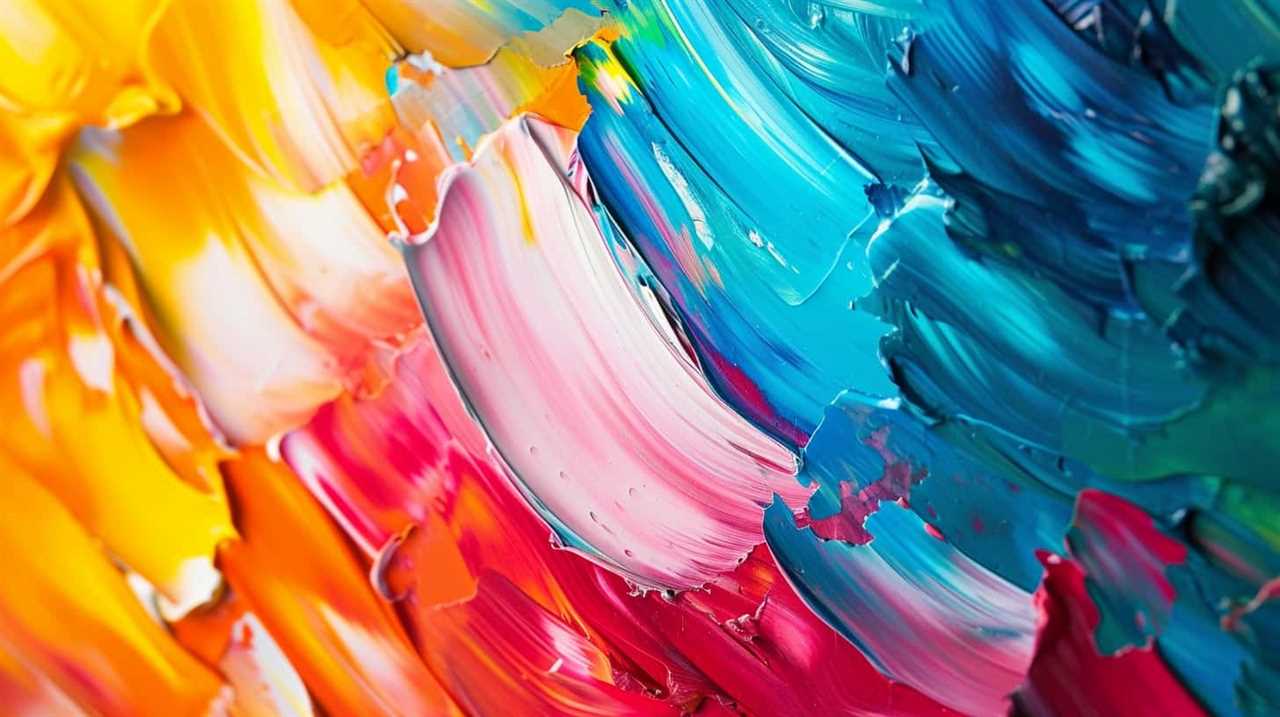
To further understand the significance of Heidegger’s art and truth, let us examine the following table:
| Art and Interpretation | Heidegger’s Concept of Truth |
|---|---|
| Art invites active engagement in interpretation | Truth is revealed through the act of interpretation |
| Art uncovers deeper meaning and understanding | Truth is not simply about representing reality |
| Art enables transcendence of everyday existence | Truth allows us to glimpse profound truths beneath the surface |
Danto’s Artworld Theory
Danto’s Artworld Theory presents a framework that highlights the importance of interpretation in the realm of art. By emphasizing the role of the viewer and the context in which art is presented, Danto argues that the meaning and authenticity of a work of art are shaped by the institutional frameworks within which it exists.
This theory prompts us to question not only the definition of art, but also the impact of museums, galleries, and other art institutions on our understanding and appreciation of artistic beauty.
Artworld and Interpretation
The concept of the artworld and its interpretation plays a crucial role in understanding the philosophical perspectives on artistic beauty. Artistic interpretation isn’t solely the responsibility of the artist, but also involves the active participation of the audience.
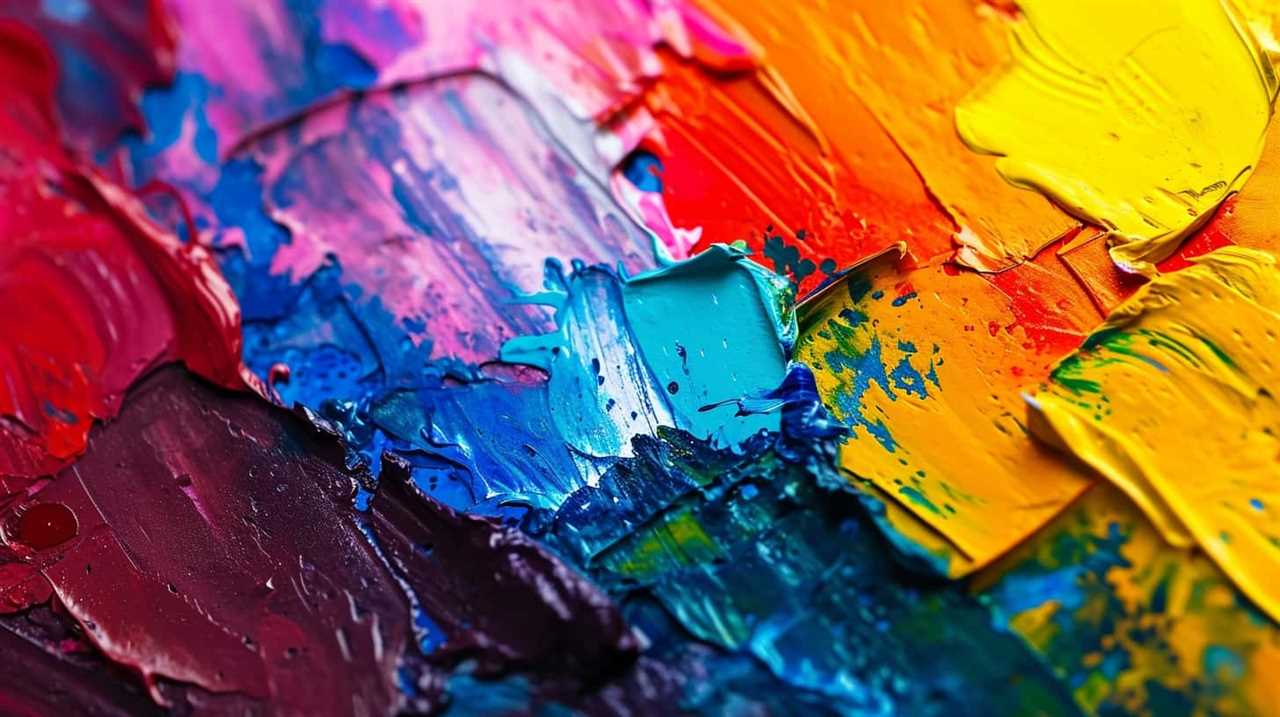
When engaging with art, the audience brings their own unique experiences, knowledge, and emotions, which shape their understanding and appreciation of the artwork. The role of the audience in interpretation is dynamic and ever-changing, as different individuals may derive different meanings and interpretations from the same artwork.
This highlights the subjective nature of artistic interpretation, as it’s influenced by personal biases, cultural backgrounds, and even current societal contexts. The artworld, therefore, encompasses not only the artists and their artworks, but also the audience and their interpretations, creating a rich and complex ecosystem where artistic beauty is continuously explored and redefined.
Defining Artistic Authenticity
As we delve into the subtopic of defining artistic authenticity, a key perspective to consider is how Danto’s Artworld Theory offers valuable insights.
Danto argues that the nature of artistic expression lies not in the object itself, but in the context in which it’s presented. According to Danto, it’s within the artworld, a social and cultural framework, that the meaning and authenticity of artworks are determined.
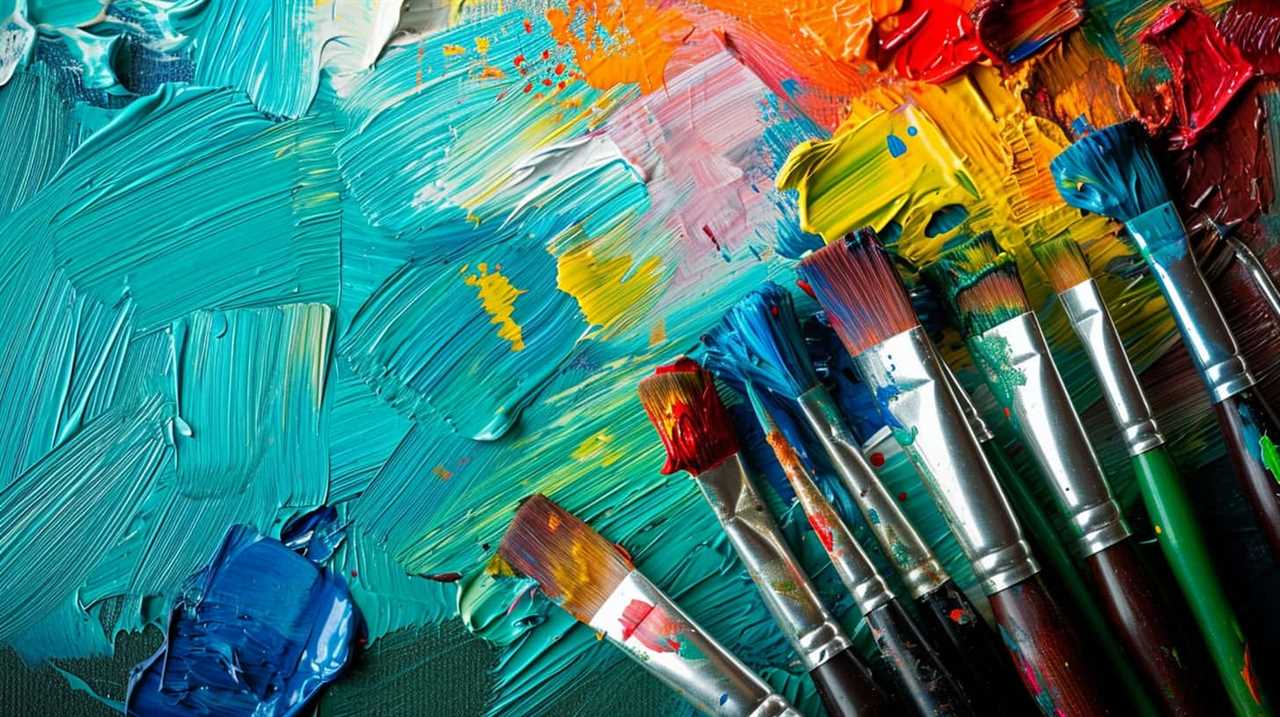
This theory suggests that authenticity isn’t solely based on the technical skill or originality of the artist, but rather on the way the artwork is received and interpreted within the artworld.
Additionally, Danto emphasizes the role of emotion in art, highlighting how our emotional response to a piece can contribute to its authenticity.
Impact of Institutional Frameworks
When examining the impact of institutional frameworks on artistic authenticity, it’s important to consider the perspective offered by Danto’s Artworld Theory. According to Danto, the institutional influence on art is significant as it shapes our understanding and perception of what qualifies as art.
Here are five key ways in which institutional frameworks can have a cultural impact:

- Curation: Institutions play a crucial role in selecting and showcasing artworks, influencing the public’s exposure and appreciation of certain artists or movements.
- Validation: Institutions provide validation and recognition to artists, elevating their status and contributing to their artistic authenticity.
- Interpretation: Institutions often offer interpretive frameworks and narratives that shape how artworks are understood and appreciated by the public.
- Acquisition: Institutional acquisition of artworks can impact the art market, affecting an artist’s reputation and future opportunities.
- Preservation: Institutions preserve and protect artworks, ensuring their longevity and cultural significance for future generations.
Through these various mechanisms, institutional frameworks exert a significant influence on artistic authenticity and cultural impact.
Bourdieu’s Cultural Capital
Our exploration of Bourdieu’s Cultural Capital reveals the significant role it plays in shaping artistic beauty. Cultural significance refers to the value and importance that a particular culture or society places on certain objects, practices, or ideas. Bourdieu argues that cultural capital, which encompasses knowledge, skills, education, and cultural tastes, is a form of symbolic capital that influences how we perceive and appreciate art.
According to Bourdieu, the possession of cultural capital grants individuals access to certain social positions and privileges within society. In the realm of art, cultural capital shapes our understanding of what’s considered beautiful or valuable. Those who possess cultural capital are more likely to appreciate and recognize the artistic merit of certain works, while others may lack the necessary knowledge or exposure to do so.
Moreover, Bourdieu argues that cultural capital isn’t evenly distributed in society, but rather concentrated among certain social classes. This unequal distribution further reinforces the existing power dynamics and hierarchies within the art world. Those who possess cultural capital are more likely to have their opinions and tastes validated, while others may be marginalized or excluded.
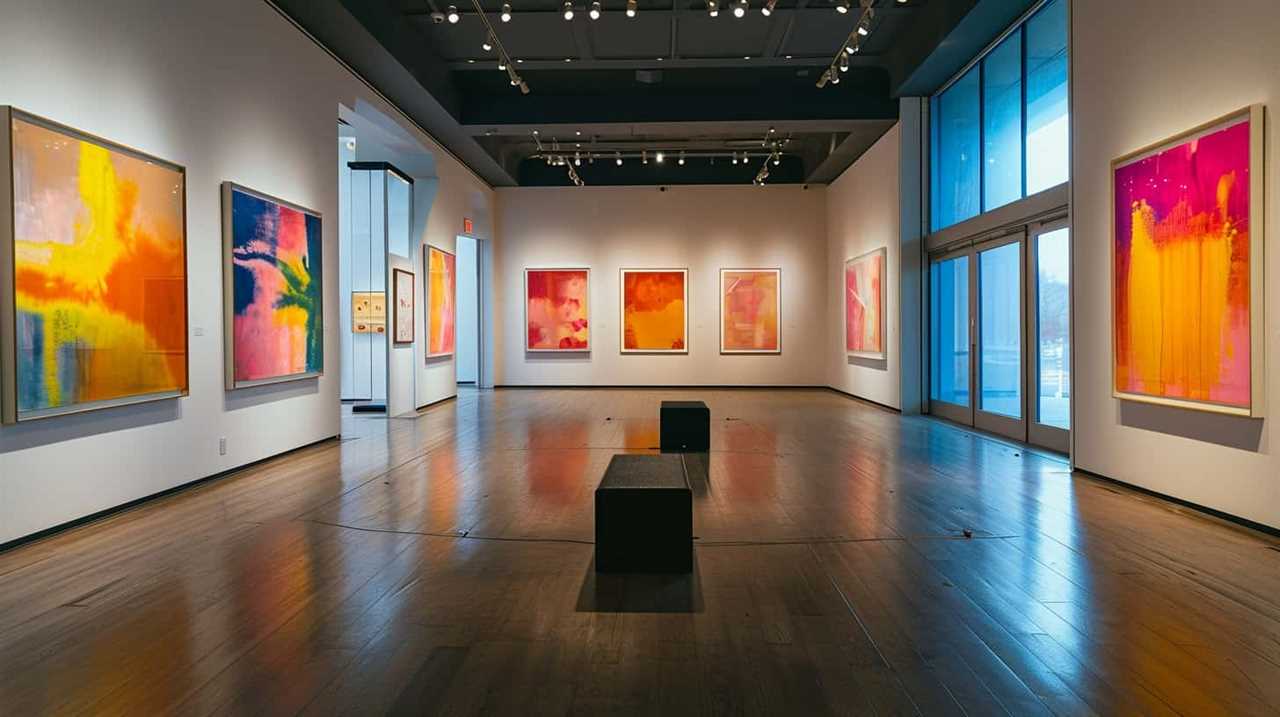
Understanding the influence of Bourdieu’s Cultural Capital on artistic beauty allows us to critically examine the social and cultural factors that shape our perception of art. By recognizing the unequal distribution of cultural capital, we can challenge the dominant narratives and power structures that define what’s considered beautiful or valuable in the art world.
In the subsequent section, we’ll explore Foucault’s Power and Knowledge, which further delves into the mechanisms through which power shapes our understanding of beauty and truth.
Foucault’s Power and Knowledge
One perspective on the influence of power on artistic beauty is offered by Foucault’s concept of Power and Knowledge. According to Foucault, power dynamics play a crucial role in shaping our understanding and appreciation of artistic beauty. Here are five key insights from Foucault’s perspective:
- Power produces knowledge: Foucault argues that power and knowledge are deeply intertwined. Power structures influence what knowledge is produced and how it’s disseminated. In the context of artistic beauty, this means that the dominant power structures shape our understanding of what’s considered beautiful.
- Power determines cultural norms: Power dynamics influence the creation and enforcement of cultural norms surrounding artistic beauty. These norms dictate what’s valued and celebrated within a particular society or community. Power determines which artistic styles, themes, and techniques are deemed worthy of recognition.
- Power influences taste: Power shapes individual and collective taste by promoting certain artistic preferences and devaluing others. Through mechanisms such as education, media, and socialization, power structures shape our aesthetic sensibilities and influence our perception of beauty.
- Power constructs hierarchies: Power dynamics create hierarchies within the art world, determining whose work is deemed valuable and worthy of attention. Artists, critics, and institutions with power have the ability to shape the canon of artistic beauty and exclude marginalized voices.
- Power perpetuates inequalities: Foucault’s analysis reveals how power dynamics in the art world can perpetuate inequalities. The dominant power structures often favor certain artists, styles, and perspectives, while marginalizing others. This exclusion can limit diversity and stifle innovation in artistic expression.
Foucault’s concept of Power and Knowledge offers a thought-provoking lens through which to understand the influence of power on artistic beauty. By recognizing and critically examining the power dynamics at play in the production and reception of art, we can gain a deeper understanding of the complexities and injustices within the art world.

Adorno’s Critical Theory of Art
Adorno’s critical theory of art offers a unique perspective on aesthetic critique, emphasizing the social and political dimensions of artistic production. According to Adorno, art has the power to challenge dominant ideologies and reveal the contradictions and alienation inherent in society.
Adorno’s Aesthetic Critique
In exploring Adorno’s Aesthetic Critique, we can analyze the critical theory of art. Adorno’s aesthetic critique offers a unique perspective on the relevance of art in society and the role it plays in shaping our understanding of beauty. Here are five key aspects of Adorno’s theory worth considering:
- Alienation: Adorno argues that the capitalist culture industry commodifies art, stripping it of its critical potential and reducing it to a mere product.
- Authenticity: Adorno values art that challenges dominant ideologies and offers alternative perspectives, emphasizing the importance of artistic autonomy and individual expression.
- Negative dialectics: Adorno’s theory embraces contradiction and complexity, rejecting simplistic interpretations of art and encouraging critical engagement with its inherent contradictions.
- Social critique: Adorno sees art as a powerful tool for exposing social injustices and critiquing the oppressive structures of society.
- Aesthetic experience: Adorno believes that genuine aesthetic experiences can disrupt the status quo, fostering critical thinking and encouraging social change.
Through Adorno’s aesthetic critique, we gain a deeper understanding of the complex relationship between art, society, and the quest for beauty.
Art as Social Critique
Art serves as a vehicle for social critique, highlighting the oppressive structures and injustices within society. Through artistic interpretation, artists are able to offer a unique perspective on societal commentary, shedding light on the flaws and inequalities that exist.

Adorno’s critical theory of art emphasizes the role of art in challenging the status quo and encouraging critical thinking. According to Adorno, art has the power to expose the contradictions and hypocrisies of society, fostering a sense of awareness among its viewers.
Through their artistic creations, artists can confront societal norms and challenge dominant ideologies, ultimately inspiring change and transformation. Artistic expression becomes a means of resistance against oppressive systems, allowing for a collective reflection on the injustices that persist.
Relevance of Adorno’s Theory
Through artistic interpretation, we can see how Adorno’s critical theory of art remains relevant in understanding the role of artistic expression in challenging societal norms and inspiring transformative change. Adorno’s theory provides a valuable framework for analyzing the critique of modern art and its potential to disrupt the status quo.
Here are some key points to consider:
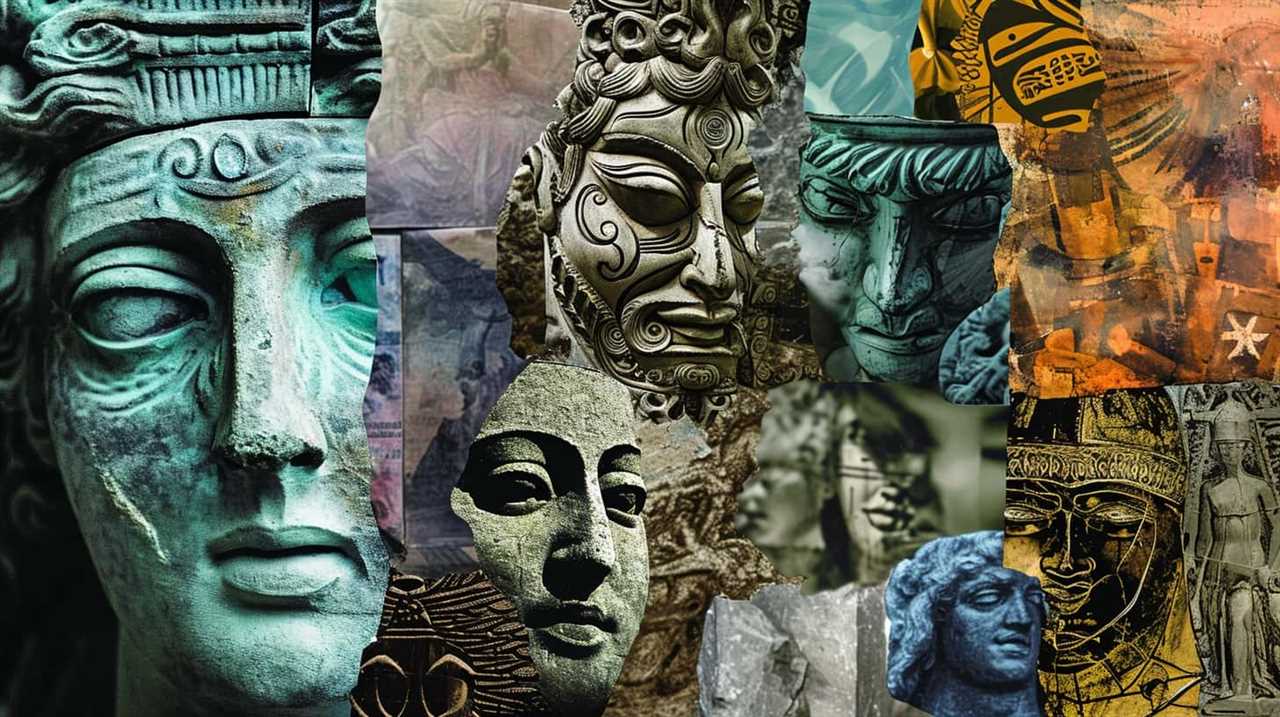
- Adorno’s theory emphasizes the importance of avant-garde art in exposing the contradictions and irrationalities of capitalist society.
- He argues that modern art’s abstract and fragmented nature reflects the fragmented reality of modern life.
- Adorno believes that art has the power to challenge dominant ideologies and create spaces for critical reflection.
- His theory also highlights the dangers of commodification and the commercialization of art, which can dilute its critical potential.
- Adorno’s concept of ‘negative dialectics’ encourages artists to resist conformity and engage in a constant process of questioning and negation.
Merleau-Ponty’s Embodied Perception
From our embodied perspective, we perceive the world through a lens of physicality and sensory experience, as explained by Merleau-Ponty’s philosophy of embodied perception. Merleau-Ponty, a prominent phenomenologist, emphasized the inseparable connection between perception and embodiment. According to his phenomenological approach, our perception of the world isn’t simply a passive observation but an active engagement with our own bodily experiences.
Merleau-Ponty argued that our bodies aren’t mere objects in the world, but rather the means through which we engage with and make sense of our surroundings. Our perception is inherently embodied, as it’s shaped by our physical senses, movements, and interactions with the environment. Our bodily experiences, such as touch, sight, and movement, contribute to our understanding and interpretation of the world around us.
This philosophy challenges the traditional view of perception as a detached, purely intellectual process. Instead, Merleau-Ponty’s embodied perception highlights the importance of our sensory experiences in shaping our understanding of artistic beauty. Through our embodied perception, we’re able to fully engage with and appreciate the aesthetic qualities of artworks, allowing us to experience their beauty in a more profound and meaningful way.
Transitioning into Irigaray’s feminist aesthetics, we can further explore the ways in which our embodied perspective influences our understanding and appreciation of art.

Irigaray’s Feminist Aesthetics
As we delve into Irigaray’s feminist aesthetics, we can explore how our embodied perspective influences our understanding and appreciation of art. Irigaray, a prominent figure in the feminist art movement, challenges the traditional gender representation in art and seeks to create a space for women’s voices and experiences to be heard and valued. Through her work, she highlights the importance of recognizing and celebrating the unique perspectives that women bring to the artistic realm.
Here are five key insights into Irigaray’s feminist aesthetics:
- Challenging the male gaze: Irigaray critiques the dominant male perspective that has historically shaped artistic representation. She calls for a reevaluation of gender norms and encourages artists to portray women in ways that challenge traditional stereotypes.
- Emphasizing the female body: Irigaray highlights the significance of the female body in art, but not as a mere object of desire. She encourages artists to depict women in a way that empowers and celebrates their individuality and agency.
- Exploring feminine subjectivity: Irigaray argues for the inclusion of women’s voices and experiences in art. She believes that art should provide a platform for women to express their unique perspectives and contribute to the broader cultural dialogue.
- Redefining beauty: Irigaray challenges conventional notions of beauty, which often prioritize male desires. She encourages a reimagining of beauty that embraces the diverse forms and expressions of femininity.
- Creating spaces for women: Irigaray advocates for the establishment of dedicated spaces for women’s art, where their work can be showcased and celebrated. She believes that these spaces provide an opportunity for women to reclaim their artistic agency and challenge the patriarchal structures that have historically marginalized them.
Irigaray’s feminist aesthetics offer a powerful framework for reimagining and reshaping the art world. By challenging traditional gender representation and advocating for the inclusion of women’s voices, she opens up new possibilities for artistic expression and appreciation.
Frequently Asked Questions
How Does Plato’s Concept of Ideal Forms Relate to the Creation and Appreciation of Art?
Plato’s concept of ideal forms and its relationship to the creation and appreciation of art is significant. The connection between his understanding of beauty and the interpretation of art adds depth and insight to our understanding of artistic beauty.

What Are the Implications of Aristotle’s Mimesis Theory for Contemporary Art Practices?
Aristotle’s mimesis theory has profound implications for contemporary art practices. It challenges artists to imitate reality, to explore the human condition, and to provoke thought. This theory pushes the boundaries of artistic expression in our modern world.
How Does Kant’s Theory of Aesthetic Judgment Contribute to Our Understanding of Artistic Beauty?
Kant’s theory of aesthetic judgment enhances our understanding of artistic beauty by emphasizing subjective experience and the role of imagination. It challenges Plato’s ideal forms and Aristotle’s mimesis theory, and recognizes the importance of embodied perception and the dionysian aspect of art.
In What Ways Does Nietzsche’s Concept of Dionysian Art Challenge Traditional Notions of Artistic Value?
Nietzsche’s critique of traditional aesthetics challenges our understanding of artistic value by introducing the concept of Dionysian art. This radical perspective questions established norms and invites us to reconsider the role of irrationality and chaos in artistic expression.
How Does Merleau-Ponty’s Theory of Embodied Perception Offer a Unique Perspective on the Experience of Art?
Merleau-Ponty’s theory of embodied perception offers a unique phenomenological perspective on the experience of art. By emphasizing the role of the body in perceiving and understanding art, he challenges traditional notions and invites a deeper, more immersive engagement with artistic beauty.
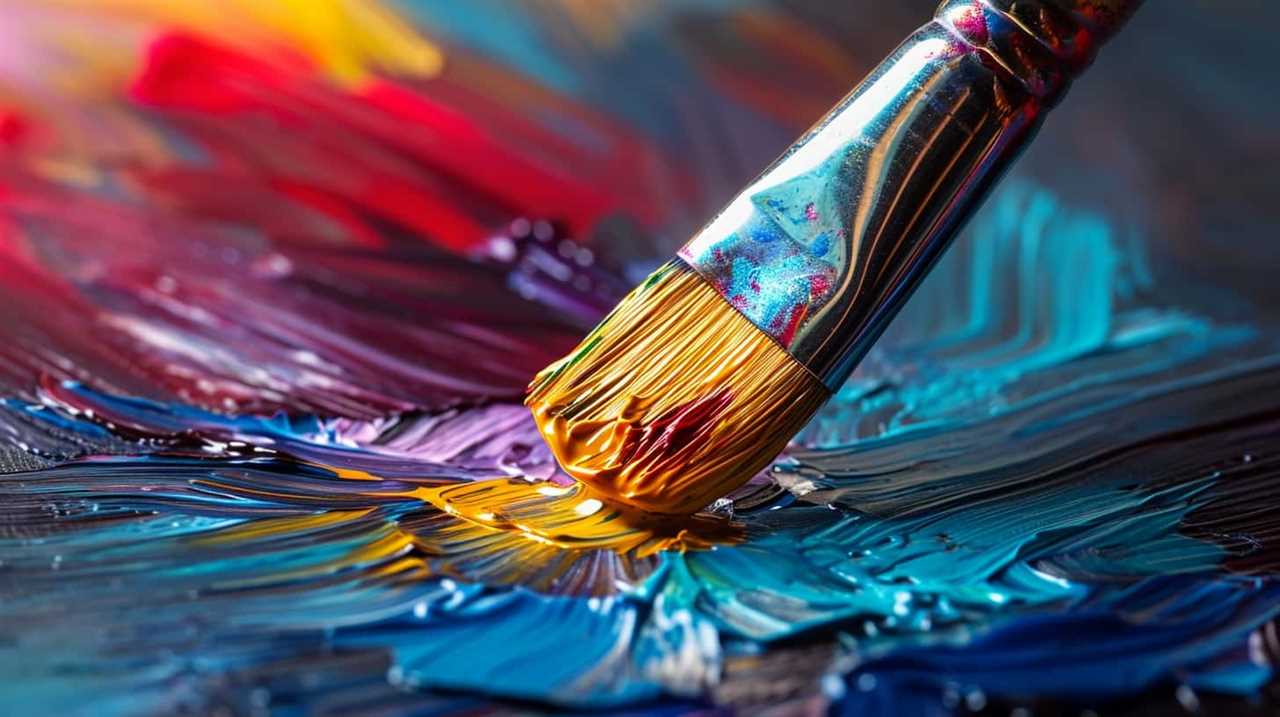
Can Artists’ Perspectives on Beauty Enhance Philosophical Understanding?
The perspectives of iconic creatives reflect on beauty can certainly enhance philosophical understanding. Artists have the ability to express and interpret beauty in a way that can provoke deep thoughts and emotions. Their unique perspectives can offer valuable insights into the complex concept of beauty and its significance in philosophy.
Conclusion
As we journeyed through the philosophical perspectives on artistic beauty, we uncovered a vibrant tapestry of ideas.
Like a delicate brushstroke on a canvas, Plato’s Ideal Forms revealed the transcendent essence of art.
Aristotle’s Mimesis Theory mirrored life’s intricate dance, while Kant’s Aesthetic Judgment illuminated the harmony between subject and object.
Hegel’s Concept of Art echoed the spirit of the times, and Nietzsche’s Dionysian Art unleashed the wild, untamed energy within.

Foucault’s Power and Knowledge unveiled the hidden layers of artistic discourse, and Adorno’s Critical Theory of Art challenged societal norms.
Merleau-Ponty’s Embodied Perception brought art to life, and Irigaray’s Feminist Aesthetics shattered glass ceilings.
Together, these philosophical perspectives paint a breathtaking picture of the boundless beauty that art can offer.
Lauren’s talent in writing is matched by her passion for storytelling. Her love for books and deep understanding of culture and entertainment add a distinct flavor to her work. As our media and press contact, Lauren skillfully bridges the gap between afterQuotes and the broader media landscape, bringing our message to a wider audience.




